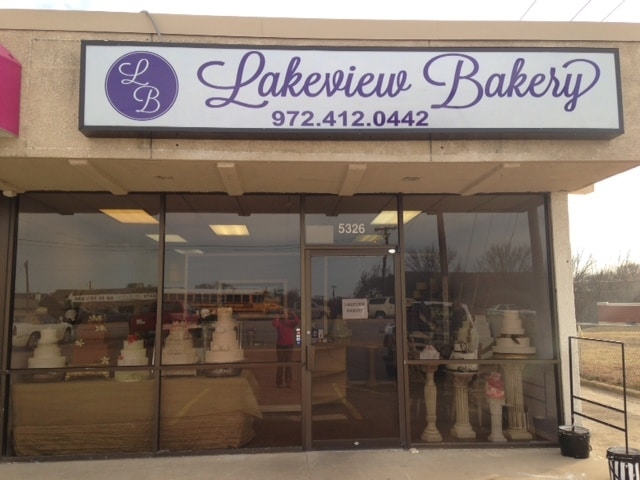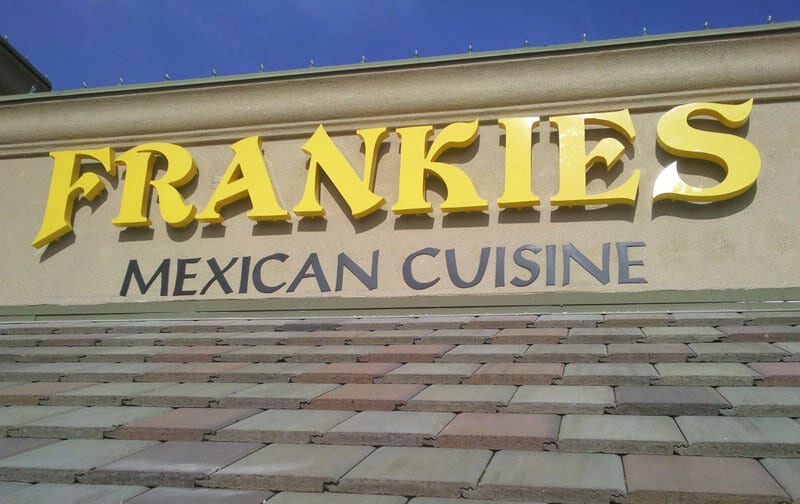
When done right, marketing campaigns can be incredibly memorable and effective at establishing your brand among your potential client base. A poorly executed marketing campaign can have the opposite effect, leaving a bad taste in the mouths of potential consumers. In order to make sure your marketing campaign does what you want it to, it is important to set aside time to thoughtfully consider each component. Here are 5 important steps to follow as you plan your next campaign, big or small:
1. Set Marketing Goals
Make sure your goals are specific, measurable, attainable, and realistic. For example, a goal that meets these requirements might be to gain five new clients in one month or to sell a certain amount of products per week. Goals should be based around sales, profits, or customer satisfaction (which can be measured by receiving feedback).
2. Set a Budget
Breakdown what is important for your campaign and how much each part of your campaign will cost. Your price breakdown might include print advertising, online advertising, event marketing and handouts, etc. Make sure you are picking the best options to maximize each dollar.
3. Stand Out From the Competition
An important part of your campaign is making your product and business stand out from the competition. To that end, it is advantageous to focus on the features and benefits of your service or product, such as pricing, service distribution, and placement.
In addition to highlighting your business’s unique benefits, it is also important to consider who your customers will be, when they are likely to be looking for your product, and what the rest of the industry is doing.
- Market dynamics concerns figuring out when your product or service will best sell. For example, if your company is selling toys, the holidays are probably the best time to really push your campaign.
- Product competition involves knowing what other products exist that are similar to yours. Once you’ve identified the competition, it will be easier to figure out ways to improve your product.
- Staples in your industry are the products that are commonly accepted as the market standard, what potential customers consider their go-to product to fulfill that particular need. It’s important to know what these are and how your product compares.
- Other potential vendors or partners may help your business grow and give you the necessary edge to outcompete the rest of the industry.
Based on the knowledge you have collected in each category above, your campaign should be addressing:
- Who your key market is
- What your product or service is
- How it can better people’s lives
- Your unique selling proposition (USP)
4. Decide Which Elements to Use
The continuing innovation of technology means you have a wealth of platforms to choose from when considering which elements to include in your marketing campaign. When choosing elements, you might consider the technical limitations of the platform, the frequency of users, the typical demographic of users, and how specialized each platform will allow your marketing campaign to be.
Emails are relatively ubiquitous among the working population. For many adults, the first thing they do in the morning is check their inbox. Emails offer a quick and easy way to dissemination information about promotions, sales, and other events. Just be careful that the graphics are well-designed and consumers can easily control their subscription to avoid being mistaken for junk mail.
Social Media
There are many different social media platforms to choose from, often with notable differences in age groups. Many platforms also offer their own form of advertising infrastructure. When deciding to use social media, make sure to investigate which demographic has the greatest engagement and what advertising tools they offer.
Website and Blogs (SEO)
Websites and blogs by themself will have a limited impact. Search engine optimization (SEO) is what will direct potential clients to your website as they search for relevant terms on Internet search engines.
Print Content (Signs, Banners, decals, etc.)
Print content is a classic tried and true way to get your name out. A well-designed sign or banner can become the hallmark of your campaign, the most memorable thing that potential clients take away after they encounter your marketing campaign. When using print content, it is important to consider color theory, font size and type, and placement among other things.
Event participation
Participating in events geared towards your key market can be an excellent way to reach many potential clients in a short amount of time. To stand out even more, you might consider bringing print content or other branded items for participants to take home as a reminder of your business.
Print Ads
Print ads often take advantage of a built-in audience that is already engaged in that area or with that magazine. They are typically more portable than print content, however, enabling potential customers to take the information with them if they are on the go.
Live Demos
When done effectively, live demos can be one of the most memorable elements. However, it is important to keep in mind how many potential clients will be able to view each live demo and the associated costs of each live demonstration.
5. Find the Team That Will Design the Perfect Sign or Banner for Your Marketing Campaign
When putting together an effective marketing campaign, it can be difficult to keep track of every little detail and execute everything perfectly by yourself. To minimize the chances of overlooking something, it is a good idea to delegate the smaller tasks so that you can focus on navigating the bigger picture – something only you can do. Our team of experts at Signs by Randy will design the perfect sign or banner for your marketing campaign so that you have the peace of mind to focus on the other parts that require your attention. The sooner you call, the sooner you’ll have the perfect sign or banner to complete your campaign. Call us today to find out more!





 See More Examples Of Our Work
See More Examples Of Our Work